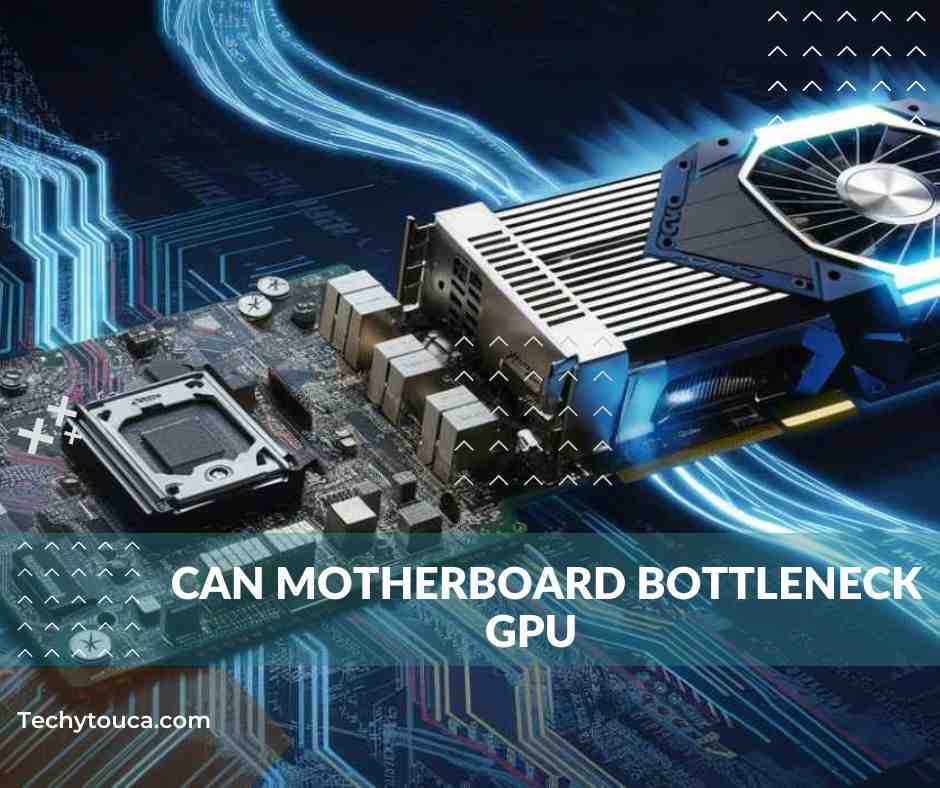
A Can Motherboard Bottleneck Gpu due to factors like outdated PCIe slots or Inadequate bandwidth impacting gaming and rendering performance. Choosing a motherboard with modern PCIe support can Reduction these issues, to ensure optimal GPU performance.
Switching to a new GPU revealed how my old motherboard’s limited PCIe slots significantly inhibited gaming. Upgrading to a motherboard with better PCIe support immediately increased my GPU performance, providing smoother gameplay and faster rendering times.
In this discussion, we’ll explore the topic of whether a motherboard can limit GPU performance. We’ll analyze how factors like PCIe compatibility and bandwidth affect overall system efficiency.
How Does An Outdated Pcie Slot Version On A Motherboard Affect Gpu Performance?
The PCIe (Peripheral Component Interconnect Express) slot version on your motherboard greatly impacts GPU performance. Newer PCIe versions, like PCIe 4.0 or 5.0, offer faster data transfer rates, reducing delays and improving efficiency. An older PCIe slot, such as PCIe 2.0, may not provide enough bandwidth, causing the GPU to perform poorly and bottleneck the system. Ensuring your motherboard supports the latest PCIe version is crucial for optimal GPU performance.
PCIe slots are backward compatible, so you can use a PCIe 4.0 GPU in a PCIe 2.0 slot, but it will only run at the slower PCIe 2.0 speed. This can significantly affect performance, especially in data-heavy tasks like gaming or professional graphics work. Upgrading to a motherboard with PCIe 4.0 or higher can make a big difference in these cases.
When Upgrading A Gpu, What Motherboard Specifications Should Be Considered To Avoid Bottlenecking?
When upgrading your GPU, consider these motherboard specifications to avoid bottlenecking. First, ensure the PCIe slot version supports the latest PCIe version to fully utilize the GPU’s capabilities. Adequate VRM capacity is essential for stable and efficient GPU performance. The chipset should be compatible with high-end GPUs and their features.
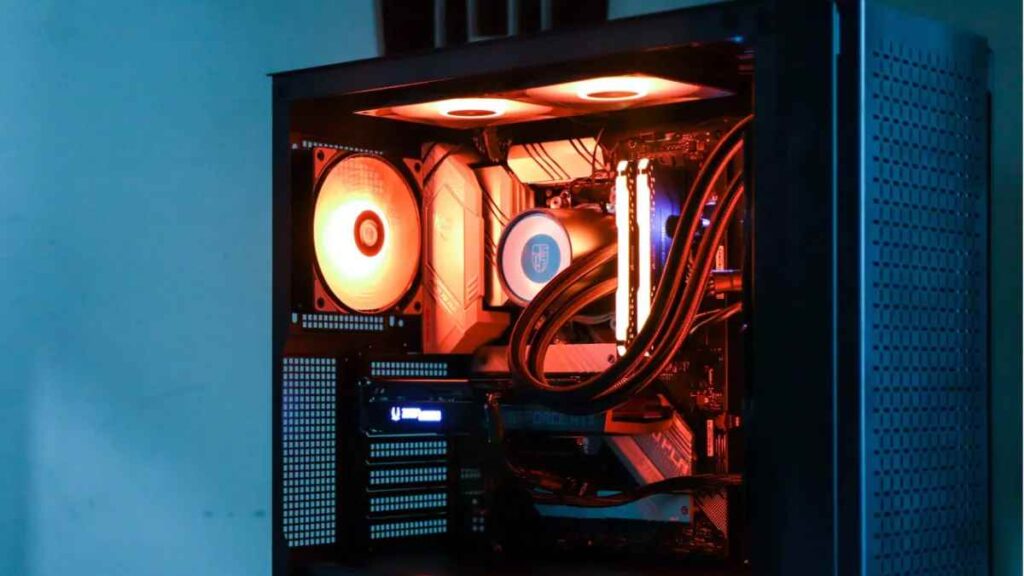
Furthermore, check the physical space available on the motherboard. High-end GPUs are often larger and may require more space. Ensure your motherboard has enough room to accommodate the GPU without obstructing other components or airflow, which is crucial for maintaining optimal temperatures and performance.
Why Does Insufficient Vrm (Voltage Regulator Module) Capacity On A Motherboard Cause Gpu Bottlenecking?
The VRM (Voltage Regulator Module) on a motherboard provides stable power to the GPU. Insufficient VRM capacity can lead to power instability and reduced performance, causing the GPU to throttle its performance and create a bottleneck. Ensuring adequate VRM capacity is crucial for optimal GPU performance.
For overclocking enthusiasts, VRM quality is particularly important. Overclocking increases the GPU’s power demands, and a strong VRM is needed to handle these loads. High-quality VRMs often come with better cooling solutions, like heatsinks or active cooling, to maintain stable power delivery.
How Can Motherboard Chipset Compatibility Impact The Performance Of A High-End Gpu?
The motherboard’s chipset facilitates communication between the GPU and other system components. A compatible chipset ensures optimal GPU performance by supporting efficient data transfer and necessary features. An outdated or incompatible chipset can restrict the GPU’s capabilities, leading to bottlenecks and reduced system performance.
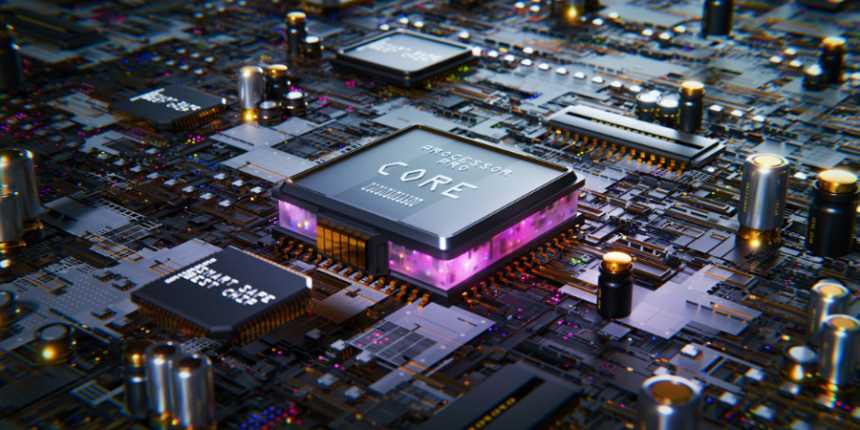
Modern chipsets from AMD and Intel offer features like multi-GPU support, advanced power management, and high-speed data transfer. Choose a chipset that matches your performance requirements and future upgrade plans to maximize GPU performance.
What Role Does Pcie Lane Configuration Play In Gpu Bottlenecking?
The number of PCIe lanes on your motherboard directly affects GPU bandwidth. High-performance GPUs typically need 16 PCIe lanes for optimal function. Insufficient lanes can restrict data transfer between the GPU and other components, causing a bottleneck. Having enough PCIe lanes is vital to maximize GPU performance and avoid data transfer limitations.
In multi-GPU setups, each GPU needs adequate PCIe lanes. For instance, using two GPUs in an 8x/8x configuration instead of 16x/16x can reduce performance due to lower bandwidth. NVMe SSDs and other components also use PCIe lanes, so ensure your motherboard can support your setup without compromising GPU performance.
When Should A Gamer Consider Upgrading Their Motherboard To Improve Gpu Performance?
Gamers should consider upgrading their motherboard in the following scenarios:
Outdated PCIe Support:
If the current motherboard does not support the latest PCIe version, upgrading is necessary to utilize the full potential of modern GPUs.
Inadequate VRM Capacity:
If the VRM on the motherboard cannot handle the power requirements of new GPUs, an upgrade is essential for stable performance.
Incompatible Chipset:
If the chipset does not support high-end GPU features, upgrading will ensure better compatibility and performance.
BIOS Limitations:
If the BIOS cannot be updated to support new hardware, an upgraded motherboard is required.
Why Is It Important To Match Gpu Bandwidth Requirements With Motherboard Capabilities?
Aligning GPU bandwidth needs with motherboard capabilities ensures smooth communication between the GPU and the system. Inadequate bandwidth can throttle GPU performance, causing bottlenecks. It’s crucial to verify that the motherboard supports the necessary bandwidth for the GPU to maximize performance and prevent data transfer limitations.
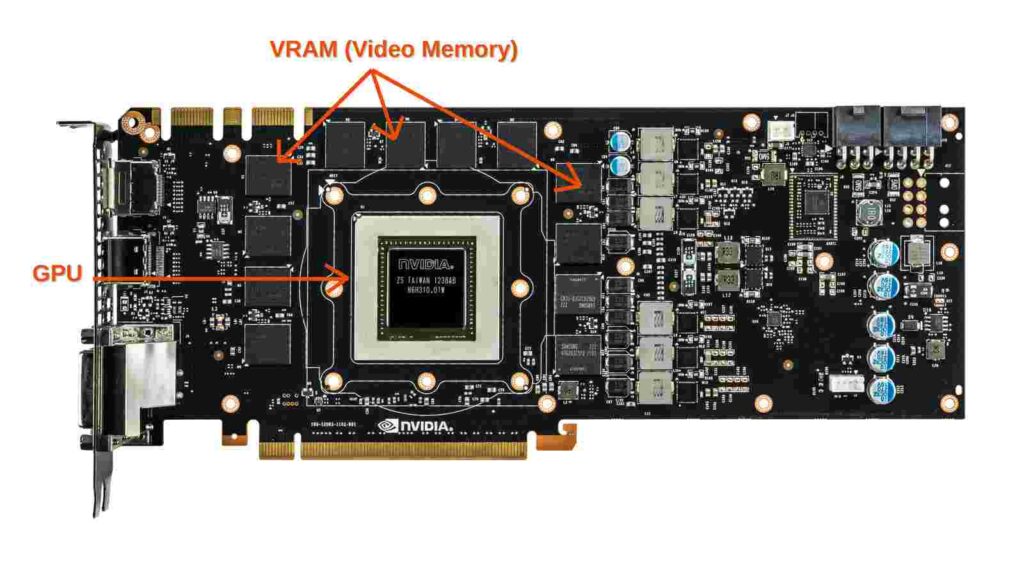
High-resolution gaming and professional applications like 3D rendering or video editing require robust data transfer rates. Any bottleneck in bandwidth can severely impact performance. Checking your motherboard’s capacity to meet these demands ensures smoother operation and efficient performance.
How Do Bios Updates Affect Gpu Bottlenecking Issues?
BIOS updates enhance system stability, compatibility, and performance by adding support for new hardware and fixing issues. Updating the BIOS ensures full compatibility with the latest GPUs, reducing the risk of bottlenecking. Regular updates are crucial for optimal performance and compatibility with new technology.
Manufacturers frequently release BIOS updates to improve GPU compatibility, boost performance, and resolve bugs. Check for the latest BIOS version for your motherboard before upgrading your GPU to ensure seamless compatibility and performance.
What Are The Differences In Gpu Performance Between Amd And Intel Motherboards?
AMD and Intel motherboards have different architectures, which can affect GPU performance. Key differences include:
- Compatibility with GPU: Ensure the GPU is compatible with the chosen platform (AMD or Intel).
- Performance Features: Look for features such as PCIe version support, VRM quality, and chipset capabilities.
- User Preferences: Consider preferences for overclocking, specific features, and budget constraints.
Both AMD and Intel offer high-performance motherboards, but the choice should be based on specific requirements and compatibility with the intended GPU. AMD motherboards, for example, often provide better value for money and support for multi-GPU setups, while Intel motherboards might offer superior single-threaded performance and overclocking capabilities.
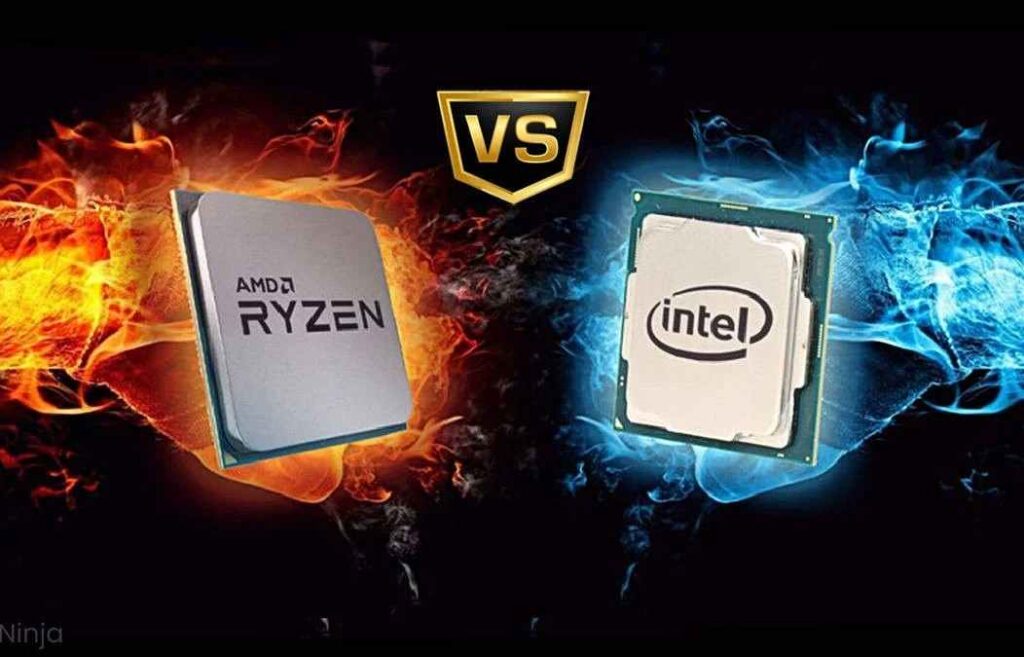
How Can Overheating Issues On A Motherboard Lead To Gpu Bottlenecking?
Overheating can force the motherboard to throttle performance to prevent damage, reducing GPU efficiency. This happens when thermal sensors detect unsafe temperatures, prompting the motherboard to decrease power delivery and performance.
Good cooling solutions like CPU coolers, case fans, and liquid cooling can manage temperatures effectively. Ensure your case allows ample airflow and use monitoring software to adjust cooling for optimal performance.
FAQ’s:
Does motherboard affect GPU?
Yes, the motherboard can affect GPU performance through factors like PCIe slot compatibility, chipset support, and VRM capacity.
Can a motherboard bottleneck a graphics card?
Yes, if the motherboard lacks sufficient PCIe slots or bandwidth, it can bottleneck the graphics card, limiting its performance.
What will bottleneck a GPU?
Factors like CPU performance, RAM speed, storage speed, and motherboard capabilities can all potentially bottleneck a GPU.
Is 100% GPU usage a bottleneck?
Not necessarily. 100% GPU usage indicates efficient use of the GPU’s capabilities, but bottlenecking occurs when other components limit its performance.
How to find out if your PC is bottlenecking?
Monitor CPU, GPU, and RAM usage during tasks. If one component consistently maxes out while others are underutilized, there may be a bottleneck.
Can bottlenecking hurt your PC?
Bottlenecking itself doesn’t physically harm your PC, but it can lead to suboptimal performance in demanding tasks like gaming or rendering.
Can my CPU handle my GPU?
The CPU needs to be sufficiently powerful to keep up with the GPU’s demands to avoid bottlenecking, especially in gaming and multitasking scenarios.
What happens if your CPU is too powerful for your GPU?
If the CPU is significantly more powerful than the GPU, the GPU may become the limiting factor in performance, resulting in underutilization of the CPU’s capabilities.
How much bottleneck is too much?
Any bottleneck that significantly hampers performance in desired tasks, like gaming or video editing, is considered too much. It varies depending on the use case.
Can a GPU be too weak for a CPU?
Yes, if the GPU is not powerful enough to handle the graphical demands set by the CPU or other tasks, it can limit overall system performance.
Final Thoughts:
Knowing if a motherboard can bottleneck a GPU is important for maximizing performance in gaming and other tasks. Factors like PCIe slot version, VRM capacity, and chipset compatibility affect bottlenecking.
Choosing a motherboard that matches your GPU’s needs and keeping BIOS updated can reduce bottlenecking, ensuring better overall performance. Always consider these factors when upgrading or building a new PC for optimal GPU performance.
